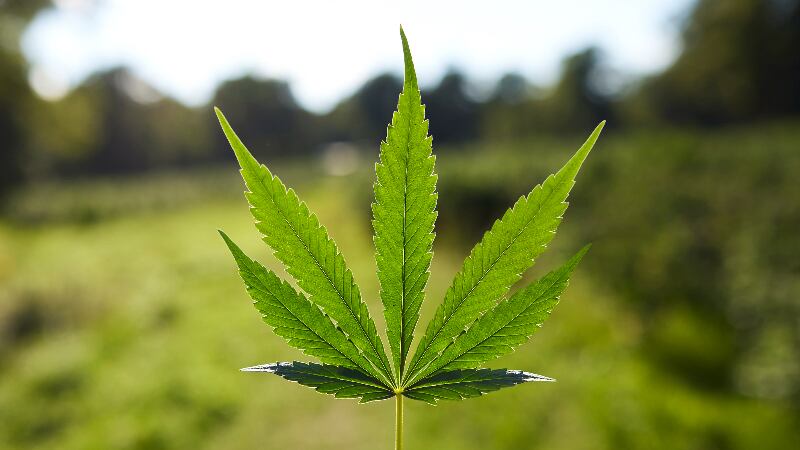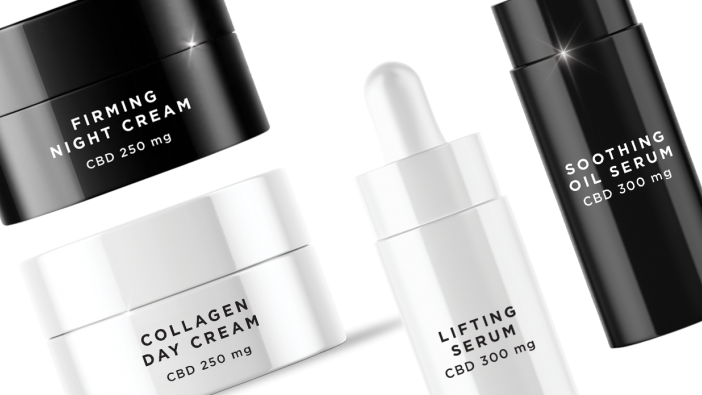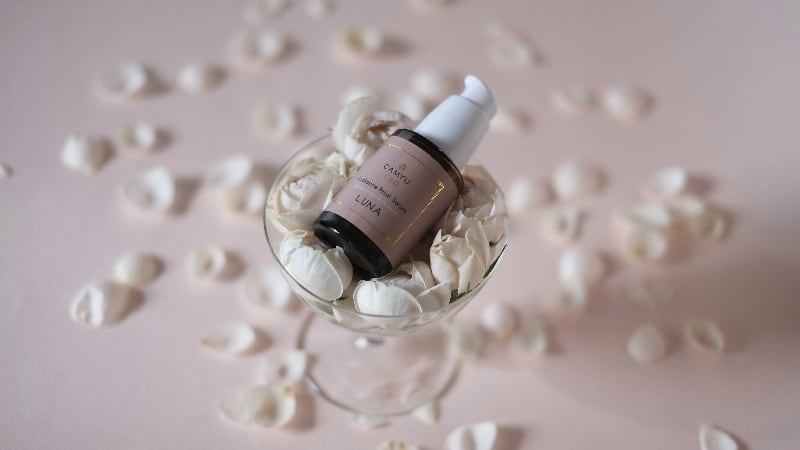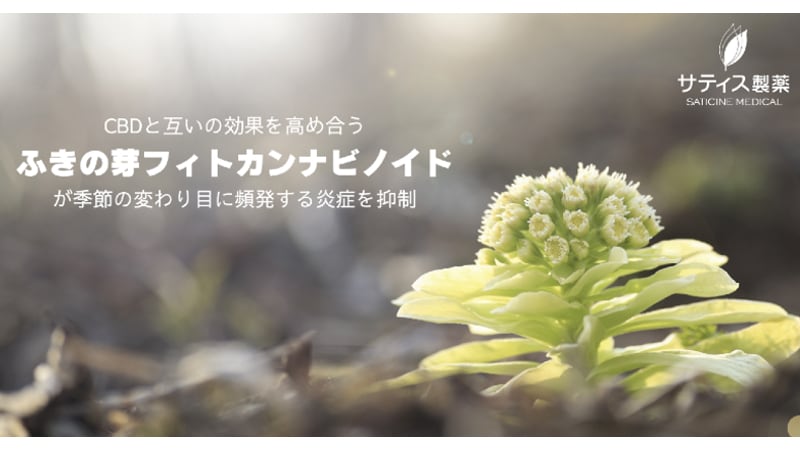There has been growing interest in natural extracts with multifunctional properties, especially those with the ability to protect against ultraviolet (UV)-induced skin damage, making them promising candidates for anti-photoageing interventions.
In particular, hemp or Cannabis sativa (C. sativa) extracts have been highlighted for their cosmeceutical benefits, including antioxidation, anti-inflammation and anti-wrinkle, that are closely linked to cannabinoids and phenolic compounds.
In a study co-funded by Thailand’s Ministry of Industry and Thai-China Flavours and Fragrances Industry Co Ltd (TCFF), the ethanolic extract solution of C. sativa leaves (CLES) was investigated for its effect in preventing and/or treating photoageing.
The composition of CLES contained a small amount of cannabidiol (CBD) and tetrahydrocannabinol (THC), while its total phenolic content (TPC) was determined to be 4.08 ± 0.30mg GAE/g of CLES.
This content was significant enough to exhibit in vitro antioxidant activity and other biological activities associated with photoageing prevention.
UVA is considered a significant contributor to photoageing, as it can penetrate the upper dermal layers and cause damage to crucial extracellular matrix (ECM) components, including collagen, elastin, and proteoglycans.
The preventive effects of CLES on UVA-induced alterations in Normal Human Dermal Fibroblasts (NHDFs; or cells isolated from human skin for research use), were observed in cells pretreated with a concentration of 20μg/mL CLES.
The findings showed that UVA-irradiated NHDFs had a considerable decrease in Type I procollagen and an increase in matrix metalloproteinase-1 (MMP-1) expression (p < 0.01).
Pretreatment with 20μg/mL CLES was found to significantly suppress elevated levels of MMP-1 and pro-inflammatory cytokine IL-6 (p < 0.05) in UVA-exposed cells.
“Given the pivotal role of MMP-1 in collagen degradation, CLES holds promise for preventing skin ageing and related disorders. Its aqueous form and the ease of homogenous blending into conventional cosmetic formulations, including emulsions, solutions and gels, underscores its application potential.
“Additionally, the solubilised form is also expected to enhance the skin penetration of its active compound(s). However, the composition and biological activity of the extract solution must be further investigated to ensure its beneficial effects,” the researchers wrote.
Antioxidant activity
The antioxidant activity of CLES was evaluated through a widely used method known as DPPH (2,2-diphenyl-1-picrylhydrazyl) assay.
Past research has suggested that the UV-activated NF-κB signalling pathway increases the release of IL-6 from skin cells, which is linked to inflammation and an upregulation of MMP-1 expression and activation, ultimately leading to wrinkle formation and manifestations of photoageing.
According to the present study, the preventive effect of CLES on UVA-activated photoageing pathways may be attributed to its antioxidant activity. By efficiently scavenging free radicals, the extract minimises the activation of downstream signalling pathways.
In addition, the presence of phenolic compounds in the extract may activate the nuclear factor erythroid-2-related factor 2 (NRF2) signalling pathway, thus promoting the production of endogenous antioxidants and enhancing processes that counteract ageing.
However, it should be noted that the results also indicated that CLES exhibited lower antioxidant activity than the control L-ascorbic acid (vitamin C).
L-ascorbic acid’s well-established high antioxidant activity is primarily attributed to its rapid reaction with DPPH radicals. Conversely, most phenolic compounds exhibit intermediate or slow interactions with DPPH radicals.
Reverse ageing
Ageing is a complex biological process characterised by the dysregulation of various cellular functions.
In aged skin cells, notable changes in gene expression patterns have been observed, including significant upregulation of MMP-1, inflammatory cytokines, and biomarkers associated with ageing cells.
Another indication of cellular ageing is the presence of SA-β-gal (senescence-associated beta-galactosidase) activity.
A recent study identified the potential for restoring ageing or aged cells to a more youthful state through interaction with a young ECM.
Furthermore, the study observed the reversal of several ageing factors, including SA-β-gal activity. These restorative effects were attributed to specific proteins, such as Ku and SIRT1, which play crucial roles in maintaining telomere structure.
In the present study, it was demonstrated that CLES has the potential to partially reverse the expression of SA-β-gal activity in in vitro-aged NHDFs.
This beneficial effect may be linked to its ability to induce the expression and secretion of Type I procollagen. The interaction between the cells and the newly secreted ECM likely contributed to the reversal of the aged state.
“Further studies are warranted to elucidate the precise mechanisms behind the senescent reversibility of CLES. A deeper understanding of these mechanisms could have significant implications for the prevention and treatment of photoageing.”
Source: Cosmetics
https://doi.org/10.3390/cosmetics11020045
“Anti-Aging Properties of Cannabis sativa Leaf Extract against UVA Irradiation”
Authors: Kunlathida Luangpraditkun, et al





